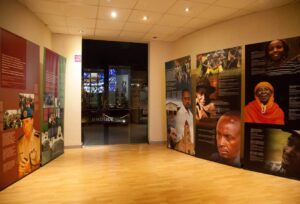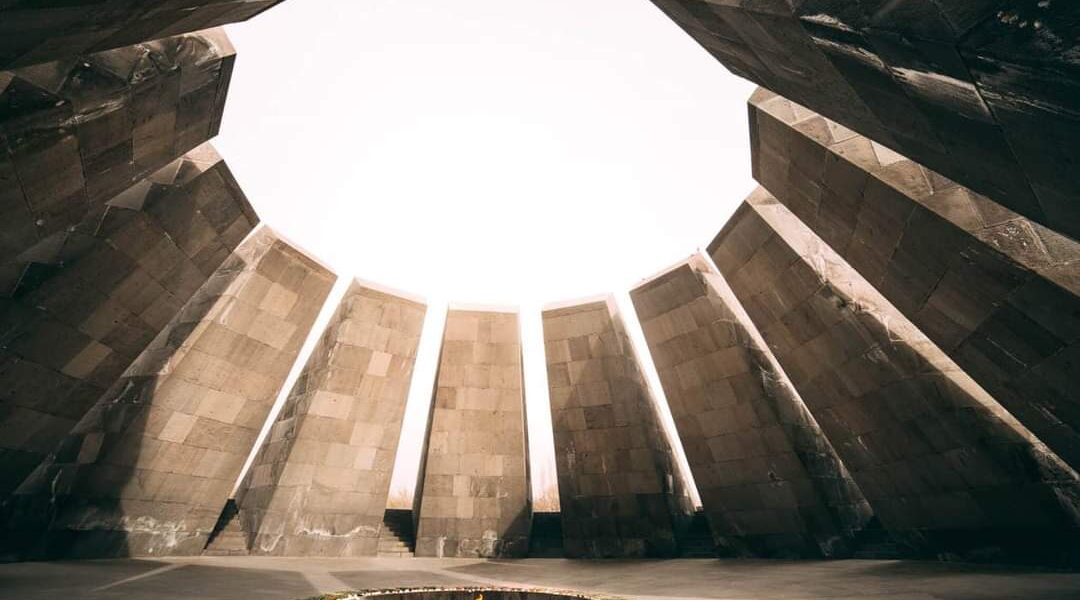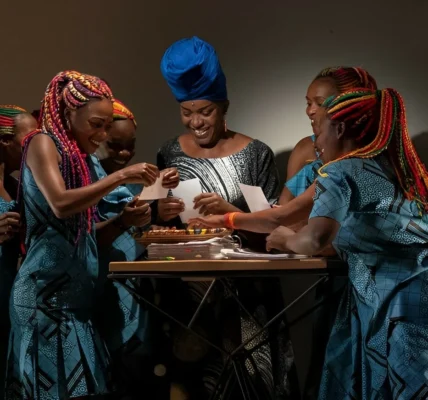Over one hundred years have passed since the Armenian Genocide, and the survivors and their descendants live with the open wound of denial, which continues to be a direct assault on memory and truth. It has been said that the final stage of genocide is denial
Many, known for their key roles in the 1994 Rwandan Genocide, denied responsibility for the crimes they committed. The Rwandan Genocide is one of the most notorious modern genocides. During these 100 days between April and July 1994, nearly one million ethnic Tutsi and moderate Hutus were killed as the international community and UN peacekeepers were ready
The similarities between the Rwandan and Armenian genocides are frightening. The methodical planning and execution of the Rwandan Genocide on behalf of the Hutu mirrors the orchestrated annihilation of the Armenians living in the Ottoman Empire carried out by the Turkish Government headed by the Committee of Union and Progress “Young Turks” before and during WWI
Denial perpetuates the cycle of genocides—making the world a more dangerous place and future genocides more likely
The Rwandan Genocide’s History
Before the genocide began, a civil war broke out between the government’s armed forces and the rebel Rwandan Patriotic Front (RPF), led by Tutsi exiles in Uganda, broke out in 1990. The conditions of an ongoing war led to anti-Tutsi propaganda, painting Tutsis as dangerous traitors
In 1994, when Rwandan President Juvenal Habyarimana’s plane was shot down, the genocide began, in which 800,000 Tutsi and many moderate Hutus were massacred. The violence caused a major humanitarian crisis that continues to affect the Great Lakes Region, and the international community’s failure to intervene and stop the violence continues to leave a stain on the reputation of UN Peacekeeping today
The Rwandan Genocide resulted from Belgian colonial rule, and Rwanda’s ethnic groups: Hutu, Tutsi, and Twa became racialized. It was the solidification of these identities and their relationship with political power that would lay the foundation for genocidal violence. When Rwanda gained independence in 1962, the ethnic majority, Hutus, were left in power. The Hutu’s rule resulted in widespread discrimination against Tutsi, laying the groundwork for the 1994 genocide
Two Genocide Memorials
Both countries established memorials to honour their victims, with Armenia’s Tsitsernakaberd Armenian Genocide Memorial Complex and Rwanda’s Kigali Genocide Memorial
On April 6, 2019, the Minister of Foreign Affairs and Cooperation of Rwanda, Richard Sezibera, considered it symbolic that the official visit of the Foreign Minister of Armenia, Zohrab Mnatsakanyan, is taking place synchronously with the events dedicated to the commemoration of the 25th anniversary of the Rwandan genocide
Kigali Genocide Memorial

The Kigali Genocide Memorial commemorates the 1994 Rwandan genocide. The remains of over 250,000 people are interred there. There is a visitor centre for students and others wishing to understand the events leading up to the genocide that occurred in Rwanda in 1994
The Center is a permanent memorial to those who fell victim to the genocide and serves as a place where people could bury their families and friends. The Center is managed and run by the Aegis Trust on behalf of the National Commission for the Fight against Genocide
Tsitsernakaberd Armenian Genocide Memorial Complex
Yerevan’s Tsitsernakaberd Memorial complex is dedicated to the memory of the 1.5 million Armenians who perished in the first genocide of the 20th century at the hands of the Turkish government. Completed in 1967, the Genocide Monument has since become an integral part of Yerevan’s architecture and a pilgrimage site. Set on a hill and dominating the landscape, it is in perfect harmony with its surroundings. Its austere outlines convey the spirit of the nation that survived a ruthless campaign of extermination
The Museum and Institute were opened in Tsitsernakaberd in 1995 to commemorate the 80th anniversary of the Armenian Genocide (the architects were S. Kalashyan, L. Mkrtchyan, A. Tarkhanyan, and the sculptor F. Arakelyan)



